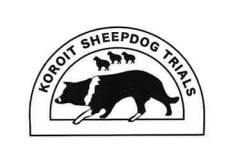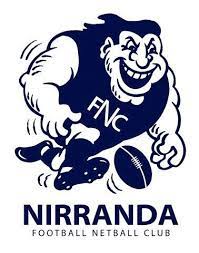Tracks are an essential part of a dairy farm’s infrastructure. Well designed, constructed and maintained tracks will have a positive effect on cow health and farm efficiency. During summer when conditions are dry, it’s the ideal time to conduct a review of your tracks and to carry out any maintenance needed. Waiting until the wet conditions start will make it difficult, if not impossible, to solve track problems.
Good track design, construction and maintenance will:
- help reduce health issues such as lameness and mastitis
- make stock movement faster and easier
- reduce the need for emergency track repairs
- save time and money in the longer term
Good track design
A good track is one that is wide enough to allow easy cow flow, and is well layed-out to minimise walking distances and restrictions, such as sharp corners and narrowing. A good track is constructed on well compacted soil or rock base, has a surface layer that is soft on cows feet, is crowned to remove water and has an efficient drainage system at the side. The drain should be fenced to prevent cow access but allow drain cleaning.
Good track width
Tracks should be wide enough to allow unconstrained cow movement. The ideal track width is determined by the number of cows in the herd.
If you are planning on increasing the size of your herd, calculate your track width on the increased number of cows. The table below, from Dairy Australia’s Guide for Preventing and Managing Lameness, gives an indication of ideal widths in relation to herd size.

Good layout
The layout of the track should allow easy cow flow to and from the dairy. Some farms use a loop design with one track taking cows to and from the dairy. Others use a split lane design which is a wide lane divided by a fence to create two lanes. The lane leaving the dairy doesn’t need to be as wide if cows are leaving in small groups.
Minimise restrictions along the track such as sharp corners, mud, stones, narrowings and steep inclines. It is particularly important to avoid sharp corners near the dairy. Instead of one 90 degree bend have two 45 degree bends. Mud and stones will be reduced with good solid construction. Maintain the width of the track particularly at the entrance to the dairy.
Good track construction
A well constructed track is built in layers and consists of a strong compacted base that supports a top layer. The top layer provides a soft surface for cow comfort and is crowned to allow water run off. A strong base layer will prevent the top layer breaking up and collapsing. In turn, a good top layer will prevent water sitting on the track and penetrating through to the base layer.
The base layer should be constructed with two layers, each with a thickness of up to 150mm. Each layer needs to be compacted mechanically to provide stability and prevent water penetration. The surface layer should be 100-150mm thick. It requires regular maintenance and repair of surface pocketing which is caused by cows feet.
The center of the laneway should be raised to allow water run off. An experienced contractor should be able to construct the track with a suitable slope. It was previously recommended that a crown of up to 10% was good for tracks but the latest research suggests a 4% crown is ideal for cow comfort and should be enough to aid drainage.
Good track materials
It is recommended you use a local contractor who is familiar with locally available materials and local conditions. Materials of the same name can have varying qualities in different regions. The base and surface layer should be constructed of materials that will withstand the stresses of water and constant use.
Good maintenance
Follow a regular maintenance program for your tracks and don’t just react to a problem. The plan should focus on keeping surfaces repaired and maintaining effective drainage. Fill and compact potholes as they occur and grade surfaces at least annually. Avoid driving tractors on laneways as they can quickly cause surface damage. Carry a shovel when getting the cows in to deal with small drain blockages. A tractor blade may be used to clean out edges and drains with a build up of grass and manure.
For more information on track design go to the lameness resources at www.dairyaustralia.com.au or call Farm Services 1300 838 700 to speak to one of our veterinarians.






























